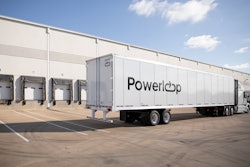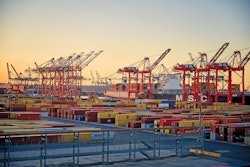
Worldwide robotic last-mile delivery revenues are forecasted to grow from $260 million in 2025 to over $1.74 billion by 2032, according to new research from ABI Research.
“North America has seen an enormous increase in the number of robotics providers, which are driving deployments in the last-mile delivery space. With AMR technology advancing, an increasing number of use cases are being realized in urban zones and structured areas such as malls and universities,” says Adhish Luitel, principal analyst, supply chain management and logistics at ABI Research.
Key takeaways:
- The total number of robotic deliveries, including autonomous mobile robots (AMRs) deployed is expected to reach 25,000 by 2032 nearly.
- High last-mile delivery costs, combined with carriers’ focus on delivery speed, are driving adoption in different regions worldwide.
- The online grocery market has also grown substantially, leading to an increase in grocery-based last-mile deliveries focusing on AMRs. E-commerce penetration in the grocery sector is set to reach 15% by 2026, up from 8.8% in 2020. Globally, e-commerce sales will grow to $8.1 trillion in 2026.
“AMRs also have the lowest cost-per-delivery and much lower carbon emissions, which has led to continued adoption. They have the lowest cost-per-delivery of any mobility. As deployments ramp up from university to suburbs and city streets, enterprises will be able to judge not only their operational efficiency but also the response from the larger communities and stakeholders as they adjust to sharing their sidewalks, streets, and crosswalks with these efficient machines,” Luitel says.




















